30 Extinct Animals in the USA. While our world boasts amazing biodiversity, 99.9percent of species which have ever existed on Earth are now extinct. Of the rest 8.7 million animal and plant species, 23,000 have been regarded as threatened with extinction in accordance with the International Union for Conservation of Nature.
Passenger Pigeon
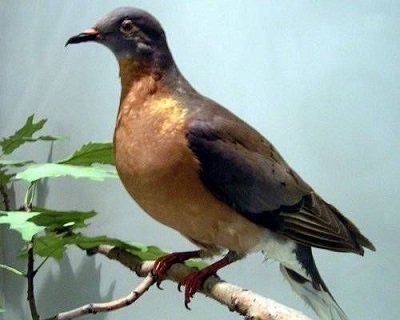
The passenger pigeon or crazy pigeon is an extinct species of pigeon which has been endemic to North America. Its common name comes from the French phrase passager, meaning”passing by”, because of the migratory habits of these species. The name also identifies its migratory attributes.
Carolina Parakeet

The Carolina parakeet (Conuropsis carolinensis) or Carolina conure was a tiny green neotropical parrot using a bright yellow head, red-orange face and light beak native to the eastern, midwest and plains states of the USA and has been the sole native parrot within its scope, and one of two parrots native to America.
Woolly Mammoth

The woolly mammoth is the extinct species of colossal that lived during the Pleistocene before its extinction in the early Holocene epoch, also was among the last in a line of colossal species, starting with Mammuthus subplanifrons from the early Pliocene.
Blackfin Cisco

The blackfin cisco proved to be a North American salmonid fish from the freshwater whitefish sub-family Coregoninae. This silvery, deep-bodied fish with black fins, big eyes, a blunt snout and a terminal mouth, was among the biggest kinds of ciscoes.
Steller’s Sea Cow
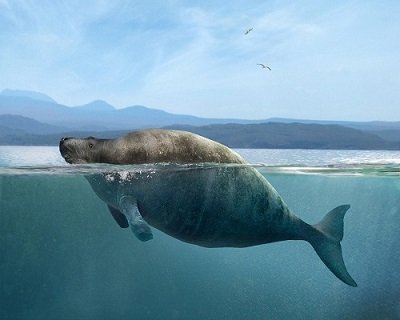
See also: 50 Interesting Fun Facts about America
Steller’s sea cow has been an extinct sirenian found by Europeans in 1741. At that moment, it had been discovered just across the Commander Islands in the Bering Sea between Alaska and Russia; its own scope was extensive during the Pleistocene epoch, and it’s likely that the creature and people formerly listened.
Eskimo Curlew
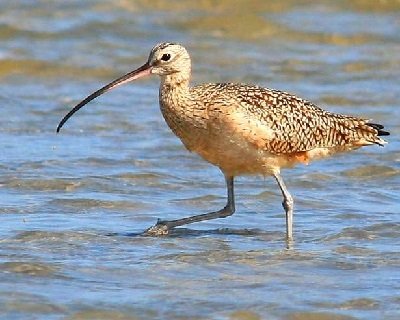
The Eskimo curlew or even the northern curlew is just one of eight species of curlew and is headquartered in the genus Numenius. It had been among the very numerous shorebirds from the tundra of western Arctic Canada and Alaska, with approximately 2 million birds killed annually in the late 1800s.
Shortnose Cisco
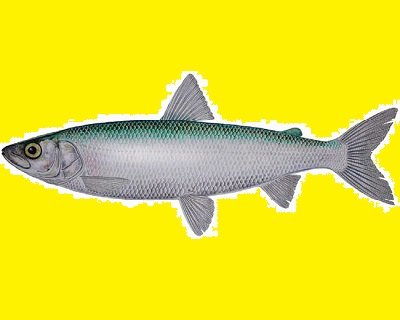
Among those members of this wider Coregonus artedi species complex of ciscoes, It’s indigenous to the Fantastic Lakes of Canada and the USA.
Caribbean Monk Seal
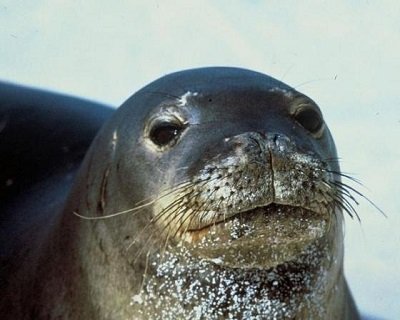
The Caribbean monk seal or sea wolf, Neomonachus tropical, was a species of seal indigenous to the Caribbean and is currently believed to be extinct. The Caribbean monk seals’ main predators were Sharks and humans were the main predators of Caribbean monk seals.
San Marcos Gambusia

The San Marcos Gambusia is an extinct species of Gambusia which has been found just in the San Marcos Springs of Central Texas. The fish has not been seen since 1983.
Deepwater Cisco
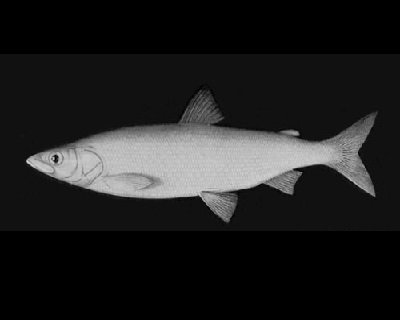
The deepwater cisco has been among the biggest ciscoes in the excellent Lakes. Its typical length was 30 cm and it had been roughly 1.0 kilogram in weight-reduction.
Great Auk

The excellent auk is a species of flightless alcid which became extinct in the mid-19th century. It was the sole real modern species from the genus Pinguinus. It isn’t closely associated with the birds now called penguins, which have been discovered later and therefore named by sailors due to their physical resemblance to the fantastic auk.
Harelip Sucker

The harelip sucker has been a species of ray-finned fish at the Catostomidae household. It had been found just in the USA. It’s extinct and hasn’t been seen alive since 1893.
Phantom Shiner

Once found at the hot water reaches the Rio Grande, no specimens have been accumulated since 1949, and it’s thought to be extinct.
Puerto Rican Nesophontes
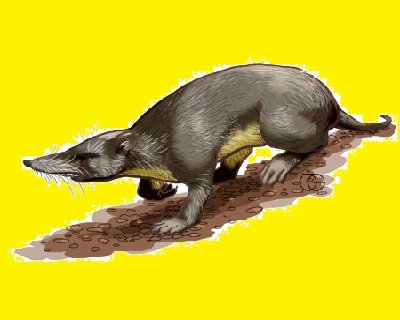
It’s thought that the creature was never detected by Europeans. Contemporary fossils with native artifacts and introduced rat fossils signify survival to the Victorian age, maybe before the 16th century
Sea Mink

The sea mink is a recently extinct species of mink that dwelt on the eastern shore of North America from the family Mustelidae, the biggest family in the order Carnivora.
Angled Riffleshell

It’s now extinct. This species has been endemic to the drainages of the Cumberland River and the Tennessee River at the USA.
Bison Antiquus

Bison Antiquus, the early or classic bison, has been the most popular big herbivore in the North American continent for more than 10,000 decades and is a direct ancestor of the dwelling American bison.
Puerto Rican Hutia

The Puerto Rican hutia proved to be a very important food resource to the Amerindians for several decades.
Bachman’s Warbler

Bachman’s warbler was a small passerine migratory bird that is most likely extinct. Bachman’s Warbler was a migrant, breeding in blackberry and cane thickets of the southeast of the United States and wintering in Cuba.
Amistad Gambusia
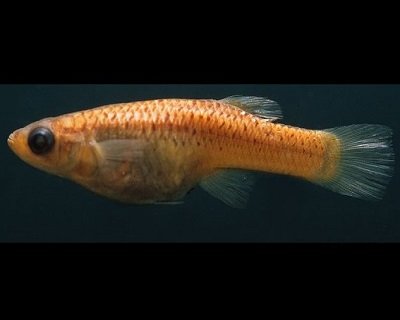
The Amistad gambusia was a little fish known only from one area, the big vegetated Goodenough Spring at Val Verde County, Texas. It apparently was driven to extinction in the wild when its habitat was underwater to a depth of approximately 70 feet from the building of the Amistad Reservoir in 1968.
Columbian Mammoth

The Columbian mammoth is an extinct species of colossal that occupied North America as far north as the northern United States as far south as Costa Rica throughout the Pleistocene epoch. It had been among that past in a line of colossal species, starting with Mammuthus subplanifrons from the early Pliocene.
Pygmy Mammoth

The pygmy mammoth is the extinct species of dwarf elephant descended from the Columbian mammoth of southern North America.
Maryland Darter
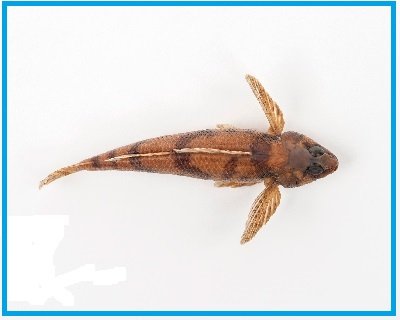
Even the Maryland darter is thought to be among the rarest freshwater fish species on the planet, due in part to its extremely restricted geographical selection and difficulty of discovery. The final sighting of a single was in 1988. The Maryland darter is called after the only state where it is recognized to happen.
Labrador Duck

The Labrador duck was a North American bird; it has the distinction of becoming the earliest endemic North American bird species to become extinct following the Columbian Exchange, together with the last known sighting happening in 1878 at Elmira, New York.
Silver Trout

The silver trout is an extinct char species or number that inhabited a Couple of waters in New Hampshire before 1939 when a biological poll ran on the Connecticut landmark by the New Hampshire Fish and Game Department discovered none
Hagerman Horse

The Hagerman horse, also referred to as the Hagerman zebra or the American zebra, was a North American species of equid in the Pliocene epoch as well as also the Pleistocene epoch. It was among the earliest horses of this genus Equus and has been found in 1928 at Hagerman, Idaho.
Thicktail Chub

The Thicktail chub was a kind of minnow that inhabited the lowlands and weedy backwaters of the Sacramento and San Joaquin Rivers in the Central Valley of California.
Xerces Blue
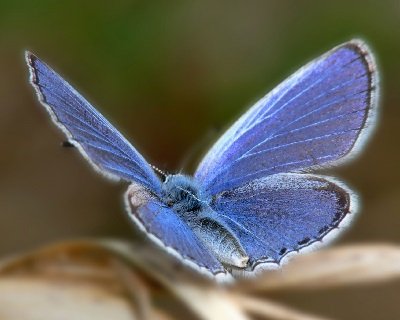
The Xerces blue is an extinct species of butterfly in the gossamer-winged blossom family, Lycaenidae. The species lived in coastal sand dunes of the Sunset District of San Francisco peninsula.
Scioto Madtom

The Scioto madtom has been a species of fish at the family Ictaluridae. It’s recorded as extinct from the International Union for Conservation of Nature, which notes that it’s probably been completely or extinct since 1957 granted the absence of records since this season.
Chendytes

Chendytes Lawi, generally referred to as the Law’s diving-goose, was a goose-sized flightless sea, once shared on the California coast, California Channel Islands, and southern Oregon. It dwelt at the Pleistocene and lived into the Holocene.
